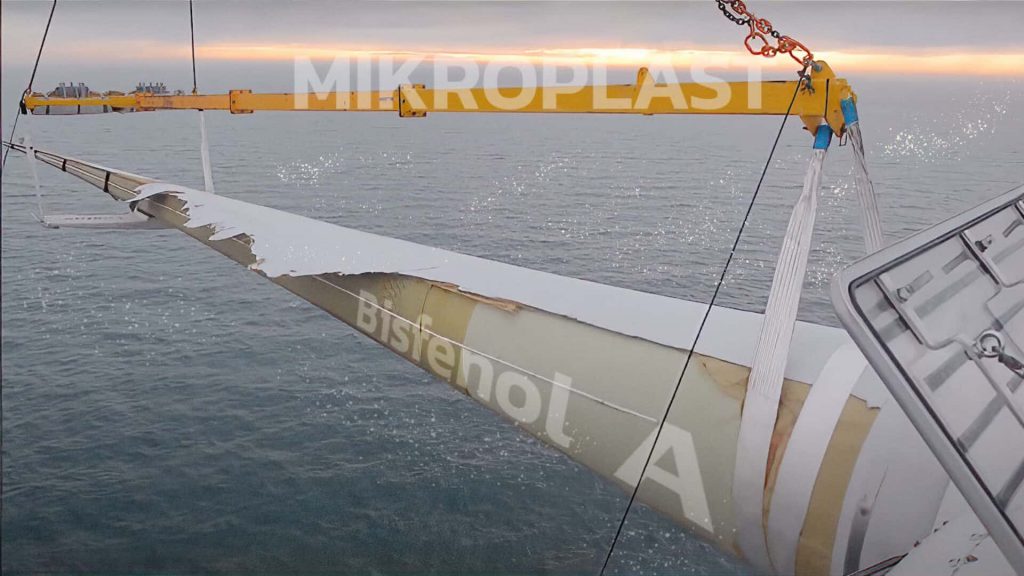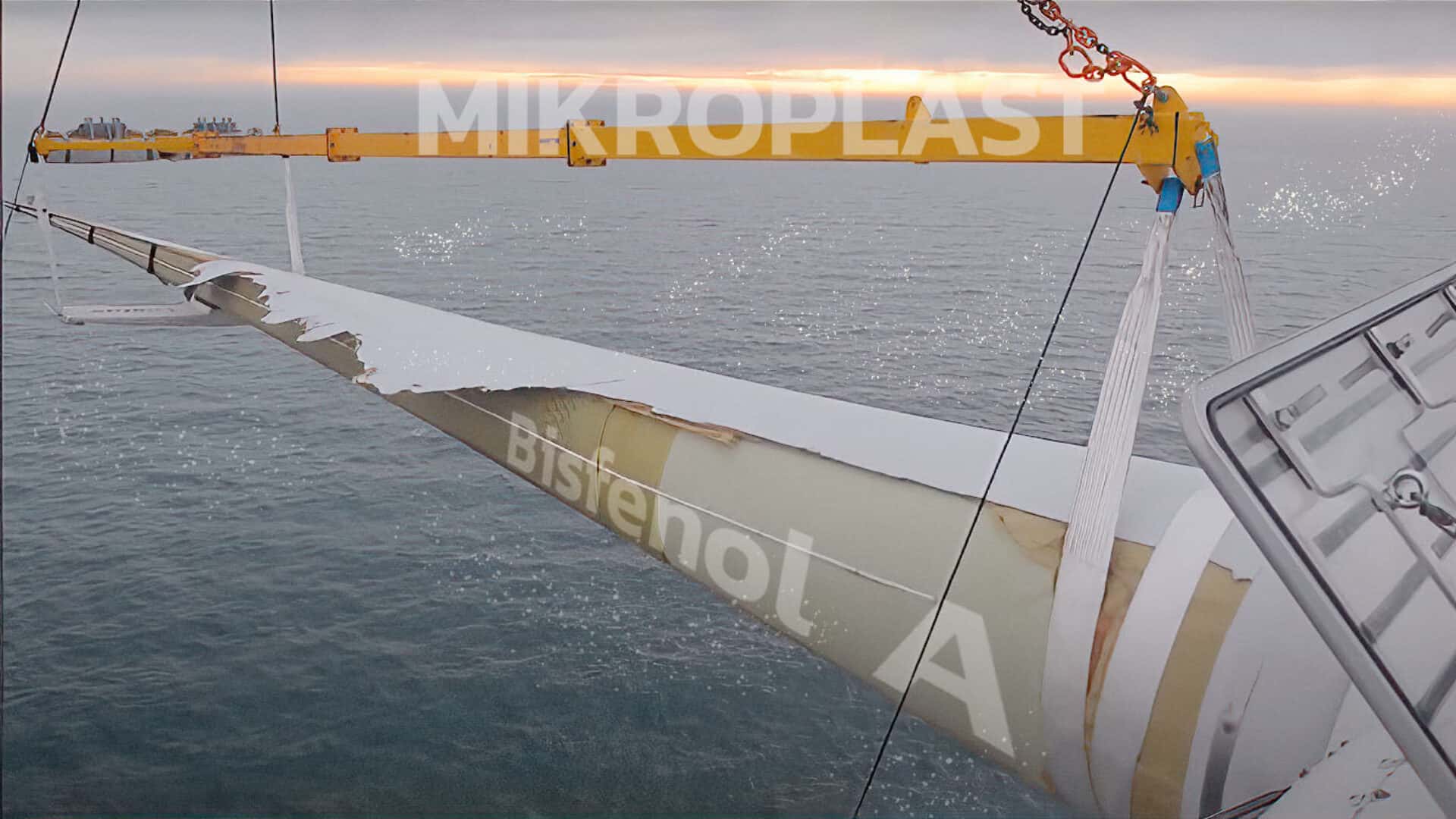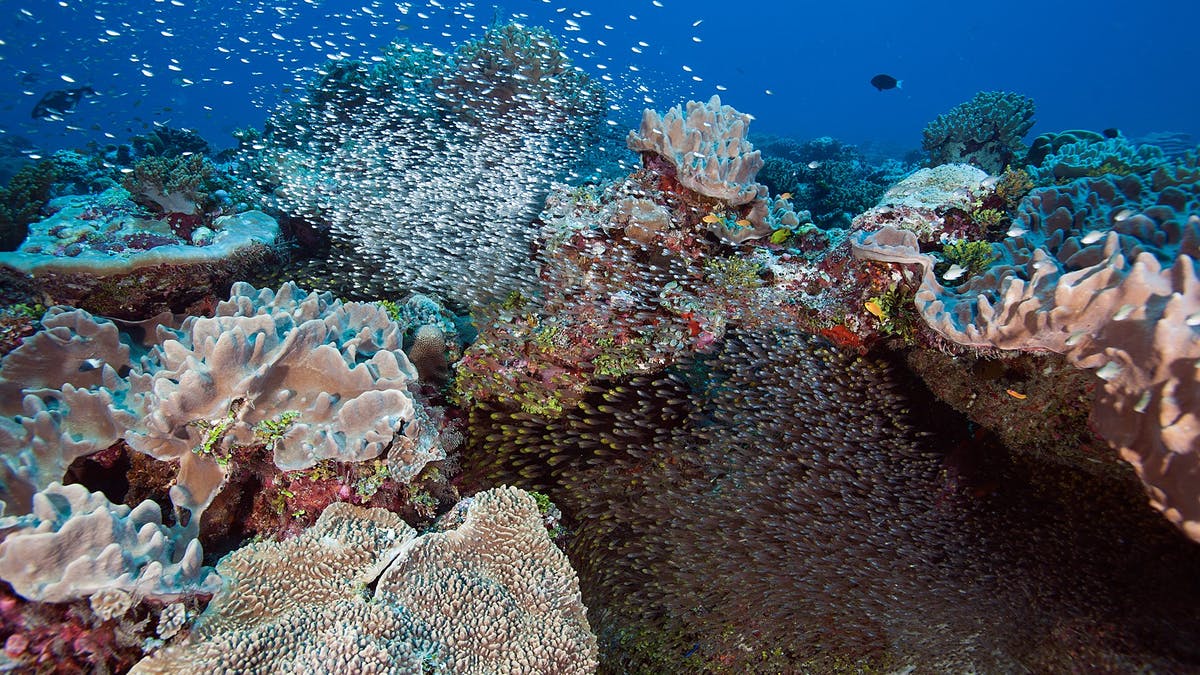
The Norwegian Environmental Protection Agency (aka Green Warriors of Norway) sent consultation responses to the environmental deterioration of Bisphenol A to the EU Chemicals Register ECHA/REACH
Bisphenol A and similar substances are among the most troublesome substances that are now finding their way into drinking water, watercourses, and our sea areas in larger and larger quantities.
Quite small concentrations of Bisphenol A damages the fertility of humans and all organisms, and despite this fact, the quantity and use of this dangerous chemical increases quite significantly. One of the biggest problem areas is the huge increase in epoxy compounds in the turbine blades in wind turbines.
The Norwegian Environment Agency released information that the EU is preparing new, stricter regulations, and in this connection, the EU Chemicals Register ECHA / REACH laid this out for consultation.
The most problematic effect and use is little known
Much of the available research has concentrated on the environmental impacts and degradation of the chemical Bisphenol A and similar substances in their free form. This is extremely important, but the definitely worst effect has in many ways gone “under the radar” on most researchers and the authorities.
The “Trojan horse effect”, the really dangerous environmental bomb
With the enormously increasing use of epoxy glass fiber for several purposes comes a huge environmental problem. Especially within wind power, this use is increasing almost exponentially and the industry completely lacks a circular economy for disposal. This is especially serious as Bisphenol A is one of the main constituents of turbine blades. In relation to wearing and peeling, this problem is significant as wind turbines are deployed in increasingly tougher and more demanding environments. This wear results in the peeling of material in the form of small particles, so-called micro/nano plastics. With turbine blades that reach speeds at the far end of the blade up to 300 km / h and above, wear increases significantly when they come in contact with rain, dust, salt particles, and hail. Outside Norway’s coast and in the North Sea, we have significantly more demanding conditions than further south in Europe.
When fiberglass epoxy and other plastic substances are broken down into microparticles, these particles act as a “protection” for the substances they contain so that they do not break down in the same way as the substances do in their natural pure chemical form in the environment. This means that these problem substances retain their potential for damage much longer.
Microparticles with Bisphenols are much more dangerous for food chains than pure chemicals
When one thinks of plastic pollution in the sea and in our watercourses and drinking water, it is easy to draw a comparison to the so-called “plastic whale” that drifted ashore a few years ago. It had eaten large amounts of plastic that it “thought” was food. In the same way, the small particles that peel off from a turbine blade or from other sources will float around in the free water masses for a long time and can be perceived as food by zooplankton and other small organisms. Larger particles can also be eaten by larger crustaceans or fish. What is particularly disturbing is the fact that a lot of bisphenols and other toxins are released from the particles when they enter the intestinal system, which often has an acidic environment with low PH. They are also released with increasing temperatures and go up in the food chains where they are concentrated more and more. In the end, a lot of the toxins we release will end up on our own dinner table and drinking water. This is the “Trojan horse effect”.
Bisphenol A and similar substances are the ticking environmental bomb we have to stop
Substances such as Bisphenol A and similar substances do very great damage to the reproduction of most organisms and in us humans. There is a very disturbing study that shows that Bisphenol A causes genetic damage for several generations in rainbow trout. We also risk irreparable damage to the entire environment both on land and at sea if we do not limit or stop the use of such substances, and especially the deployment of new wind power plants in increasingly demanding environments or at sea.
One thing is that at our latitudes the conditions are much more demanding and with potentially much higher wear than further south in Europe, another thing is that the “Trojan horse effect” will in all probability be much worse here at our latitudes than in warmer countries south. Remember that Bisphenol A is excreted much more easily in warmer temperatures. With us, they will be able to retain their lethal effect for a much longer period of time, and may not be degraded to any significant degree, until they are eaten and enter the food chain.
Also remember that significant amounts of microplastics have been detected in all parts of this globe, from the ice on the farthest glaciers to the largest ocean depths. What we emit in the form of microplastics is collected and accumulated, so that the amounts increase every single year. What has already been released will remain as environmental and hormone bombs for the foreseeable future, even if we were to stop the release of such microplastic products on this very day.
There is every reason to demand that we and our authorities in all countries also focus on this issue. In many ways, it is already too late.
With our input to the EU Chemicals Register ECHE / REACH, we hope to have a stronger focus on the problem areas, and will also increase the pressure on the Norwegian authorities. There is far too much at stake for us, we must take significantly stronger action against these issues. The consequences of not being able to introduce strict enough measures are far too great.
DOWNLOAD THE CONSULTATION ANSWER FROM THE NORWEGIAN ENVIRONMENTAL PROTECTION ASSOCIATION HERE (PDF).




